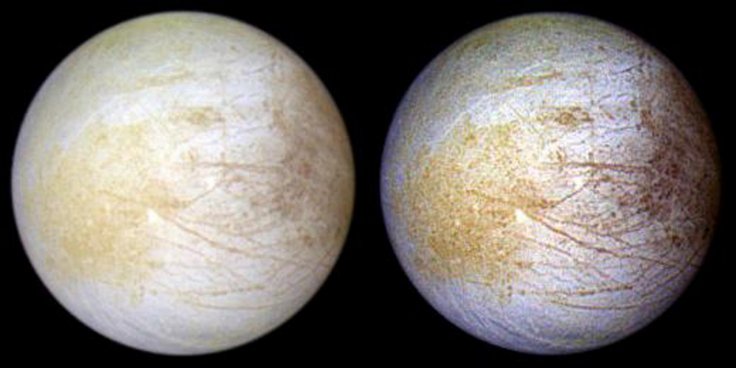NASA has made a new rover that it plans to use to explore the extraterrestrial oceans found in other planets and moons. The agency intends to run various field tests on the aquatic rover in Antarctica this month.
Through various missions in space, NASA has learned that many cosmic bodies in the Solar System have traces of water. Many of these, such as Jupiter's moon Europa, is believed to hold vast oceans hiding underneath frozen surfaces.

NASA's Aquatic Rover
In order to visit and study these underwater regions, NASA developed a new rover called the Buoyant Rover for Under-Ice Exploration (BRUIE). The agency designed the rover specifically for future missions that will explore the subsurface oceans of nearby moons and planets.
As per NASA, BRUIE measures about a meter long and is capable of going through 19-kilometer-thick ice sheets. Upon successfully penetrating the frozen surface, the rover will use its buoyancy to explore the region between water and ice. The rover will also use its pair of wheels to move beneath the ice sheets.

Hunting For Alien Life Beneath The Ice
According to Andy Klesh, NASA's lead engineer for BRUIE, exploring the regions where water and ice meet is important because it has ideal conditions that can host life. In a real mission, going beneath a moon or planet's surface to venture into its underwater ocean would increase BRUIE's chances of discovering traces of alien microbial life.
"We've found that life often lives at interfaces, both the sea bottom and the ice-water interface at the top," Andy Klesh, the lead engineer for BRUIE said in a statement. "Most submersibles have a challenging time investigating this area, as ocean currents might cause them to crash, or they would waste too much power maintaining position."
Similarity Between Antarctica And Alien Oceans
Before sending BRUIE to space, NASA plans to deploy the aquatic rover in Antarctica this month with the help of Australia's Casey research center. As per the agency, it has selected this region due to its similarities with the subsurface oceans BRUIE will encounter in its future mission.
BRUIE's lead scientist Kevin Hand explained that the ice shells which are covering the distant oceans act as a window. He further went on to say that on Earth the ice covering the polar oceans also has the same function and that is why their team is interested to find out what happens when the ice meets water.








